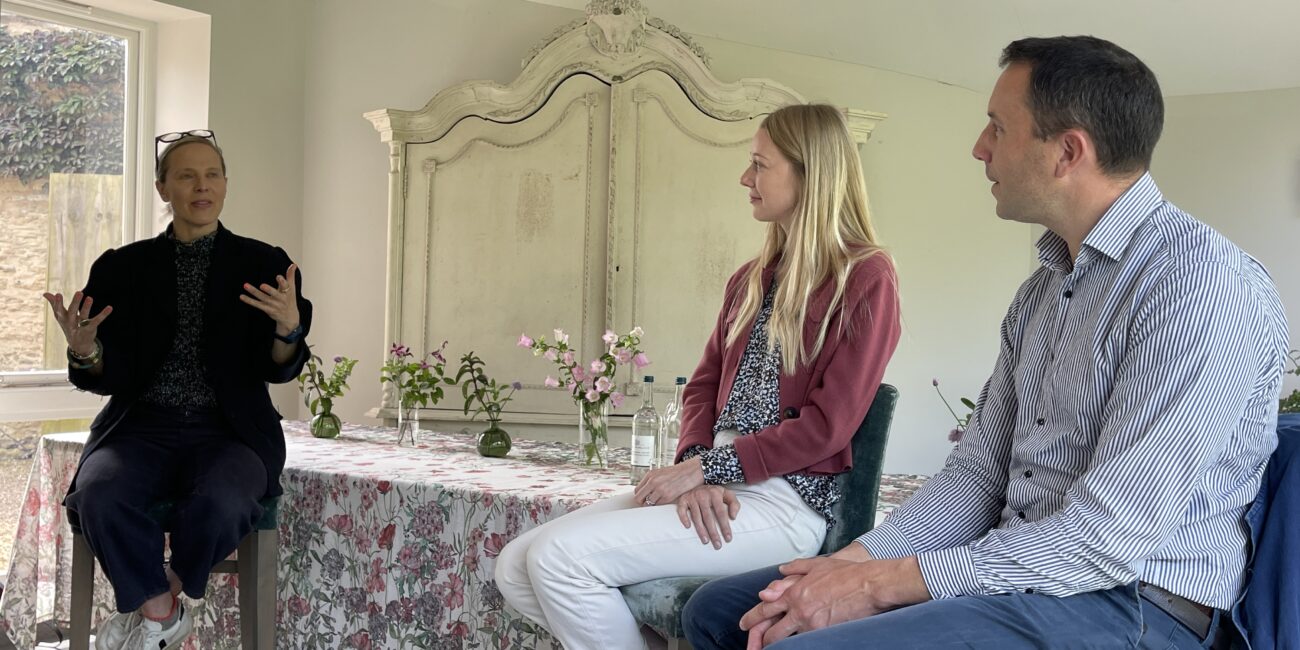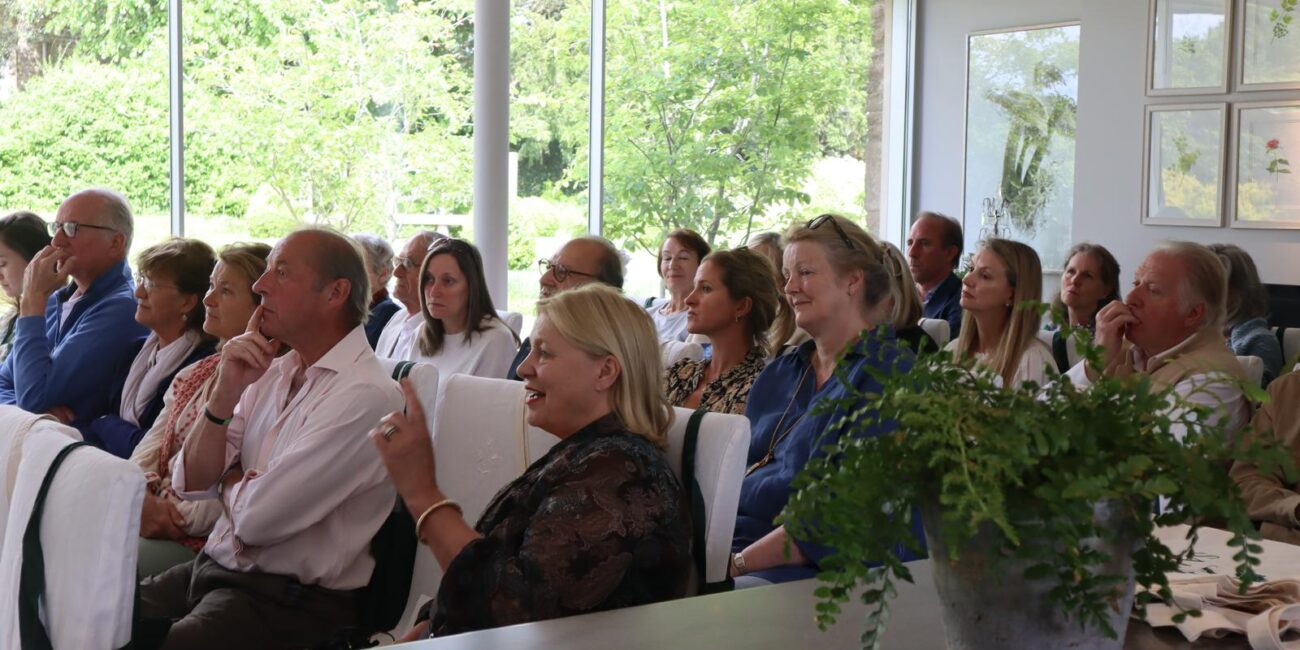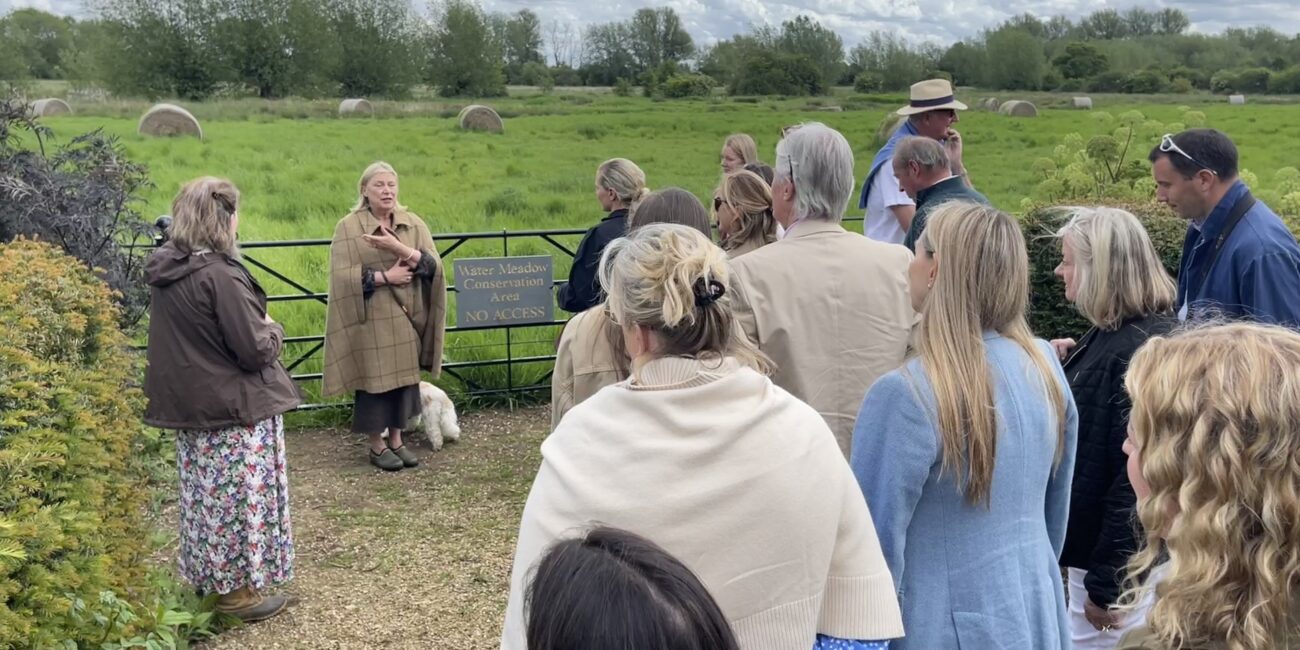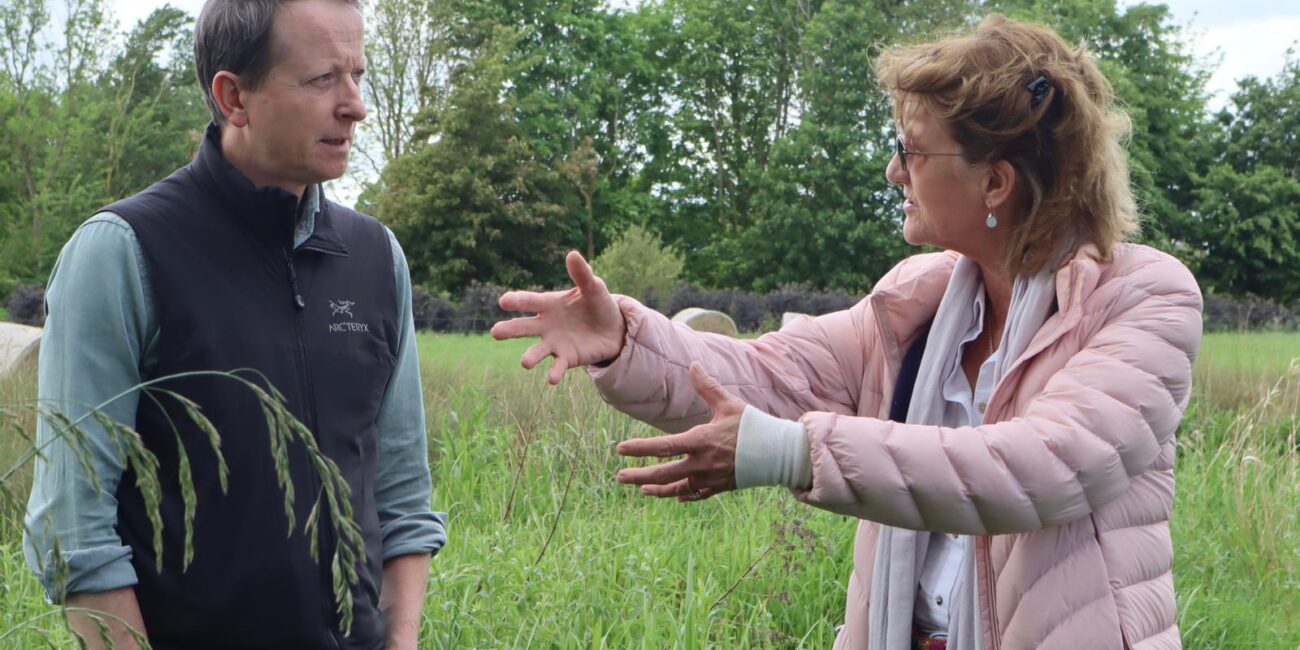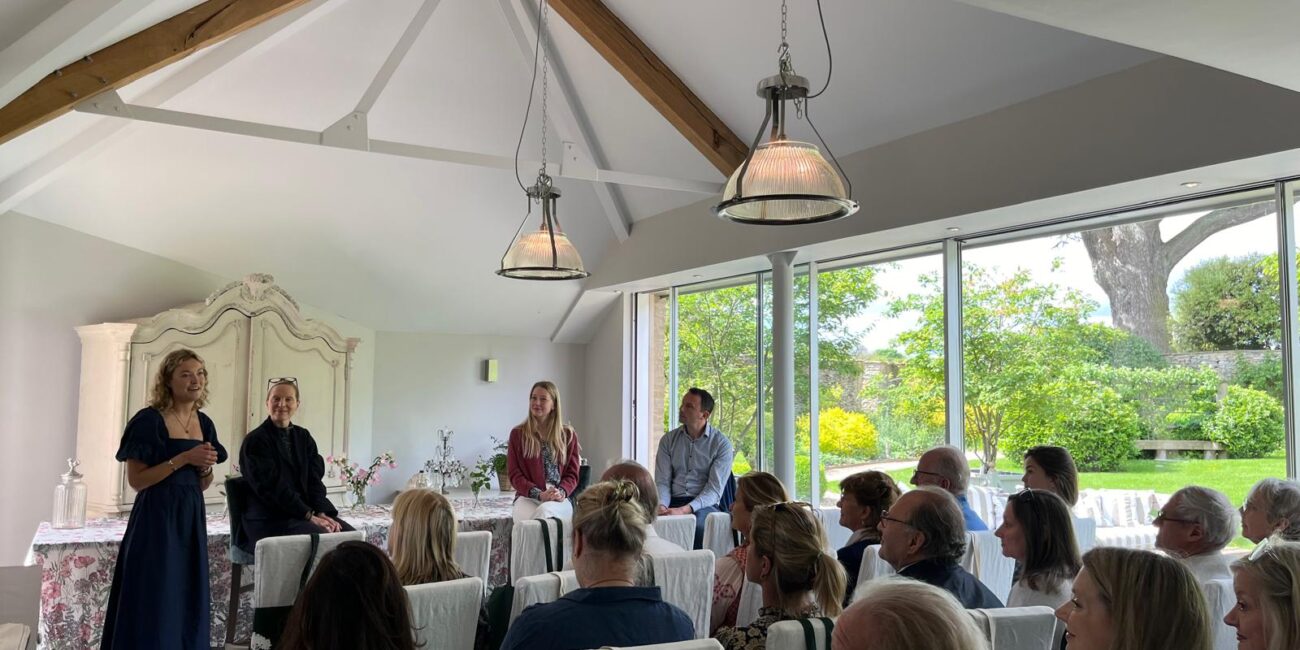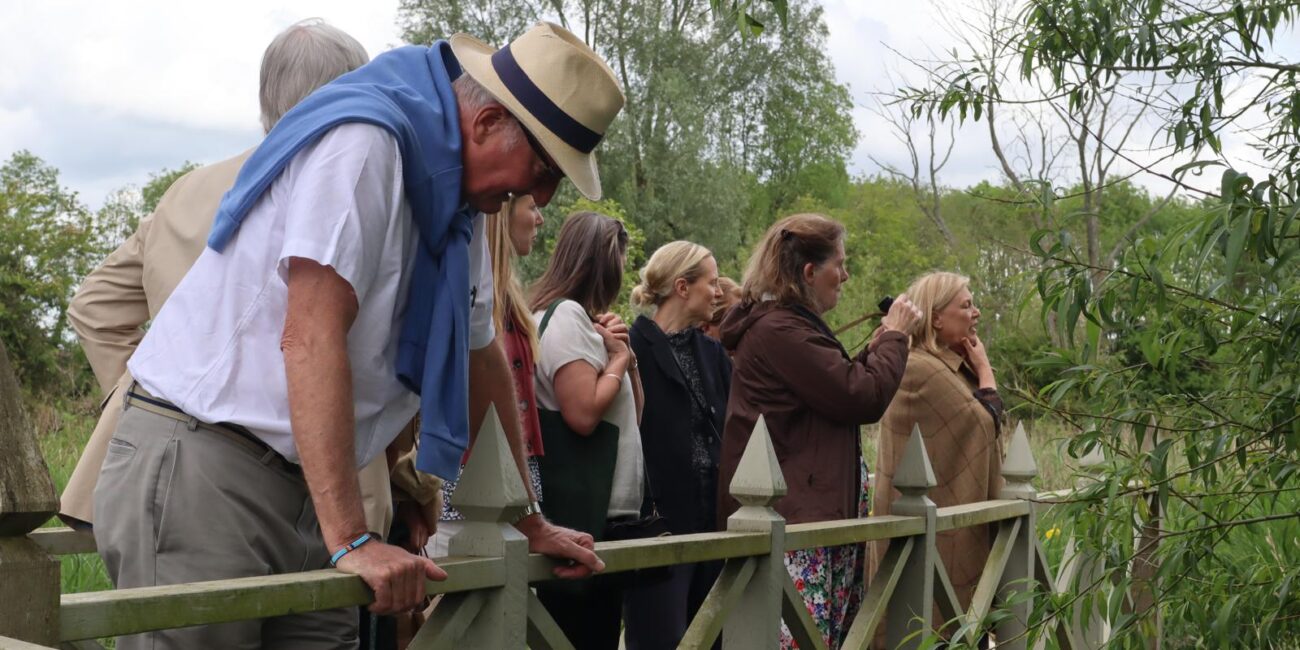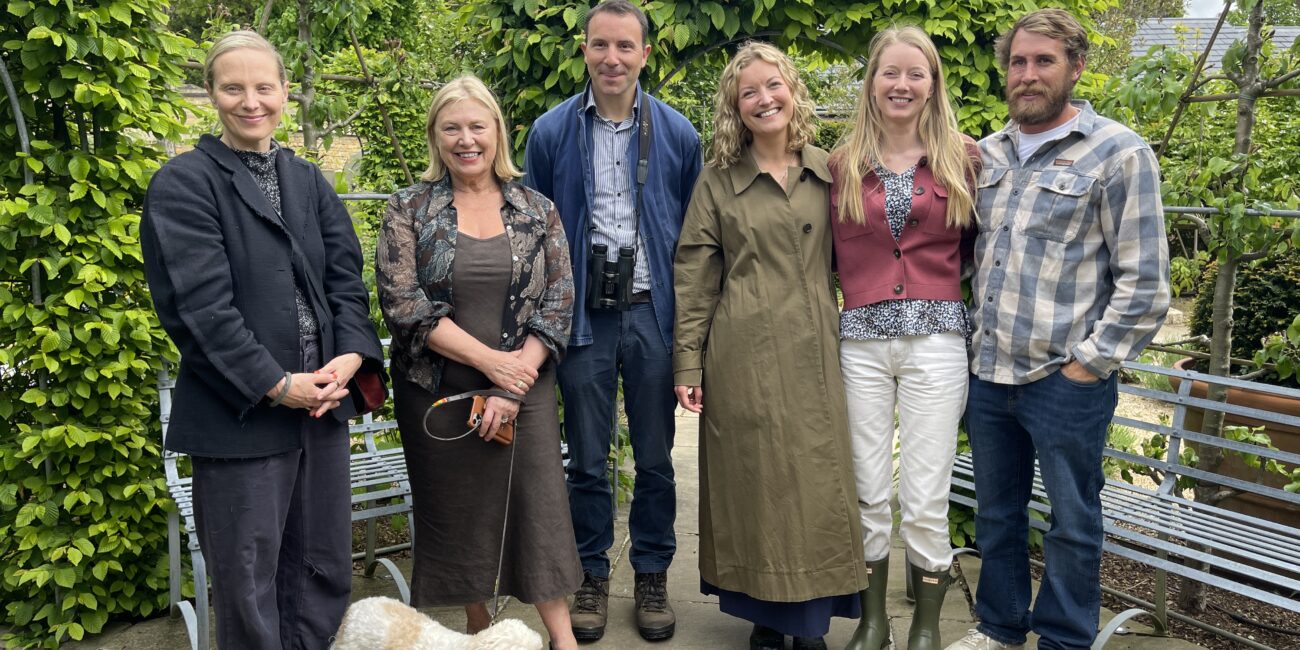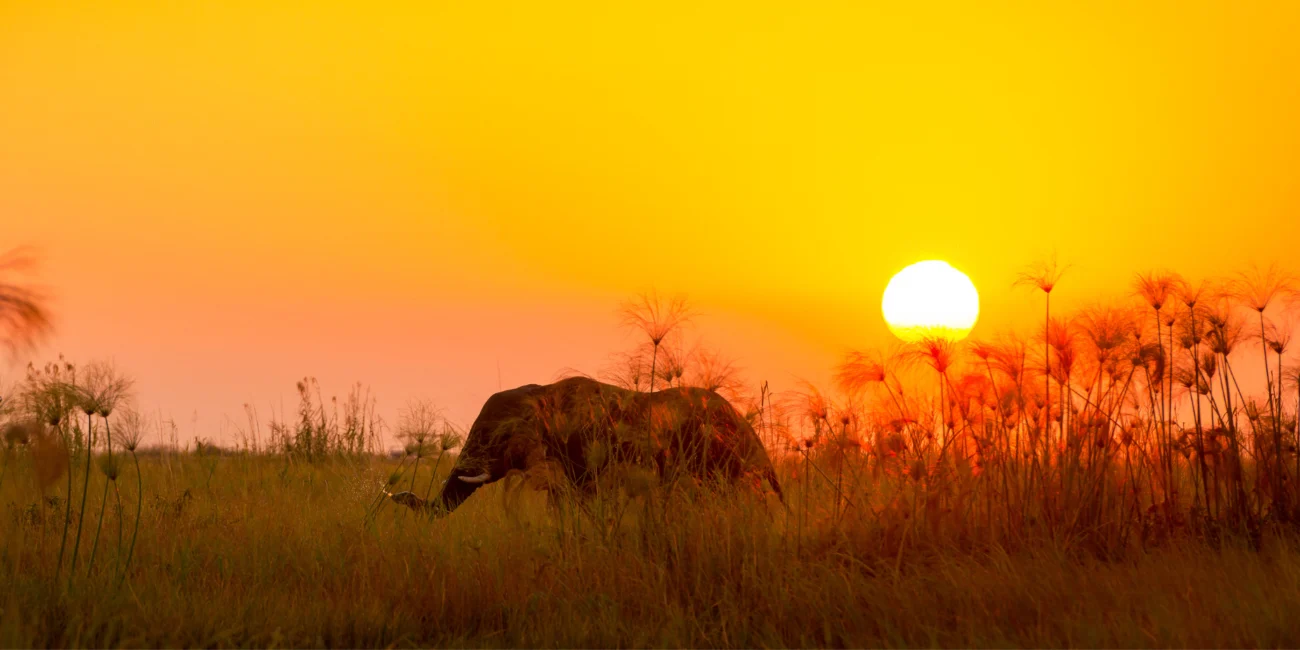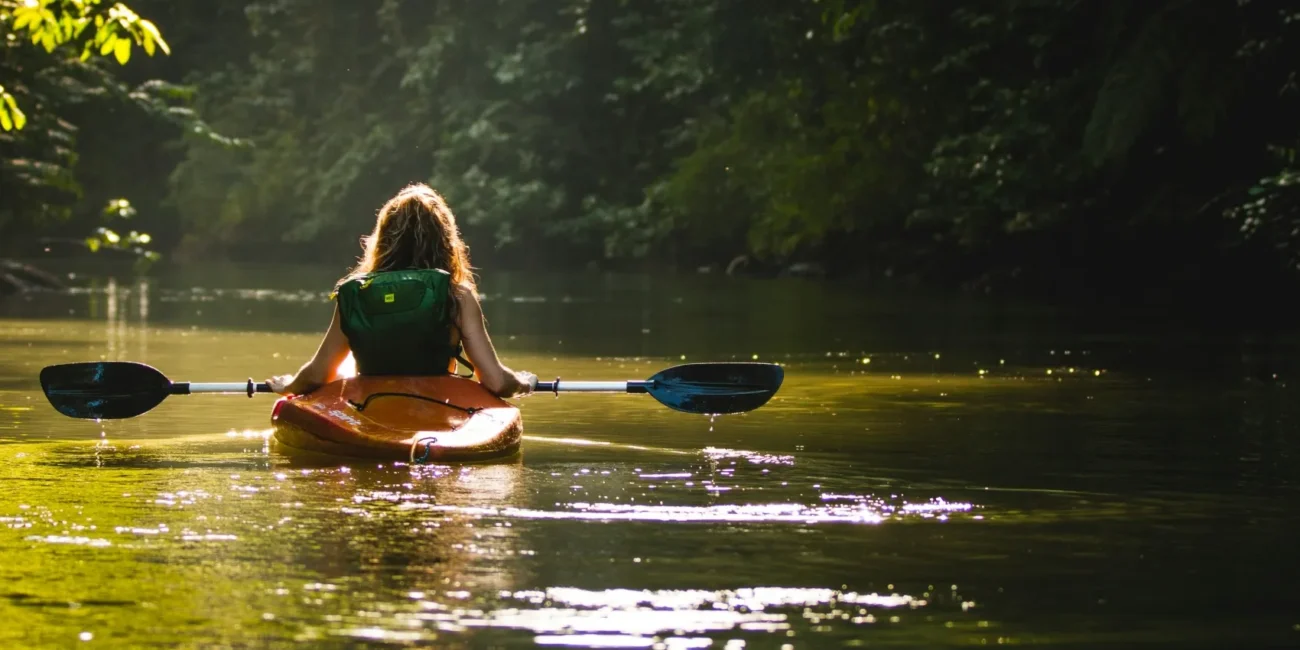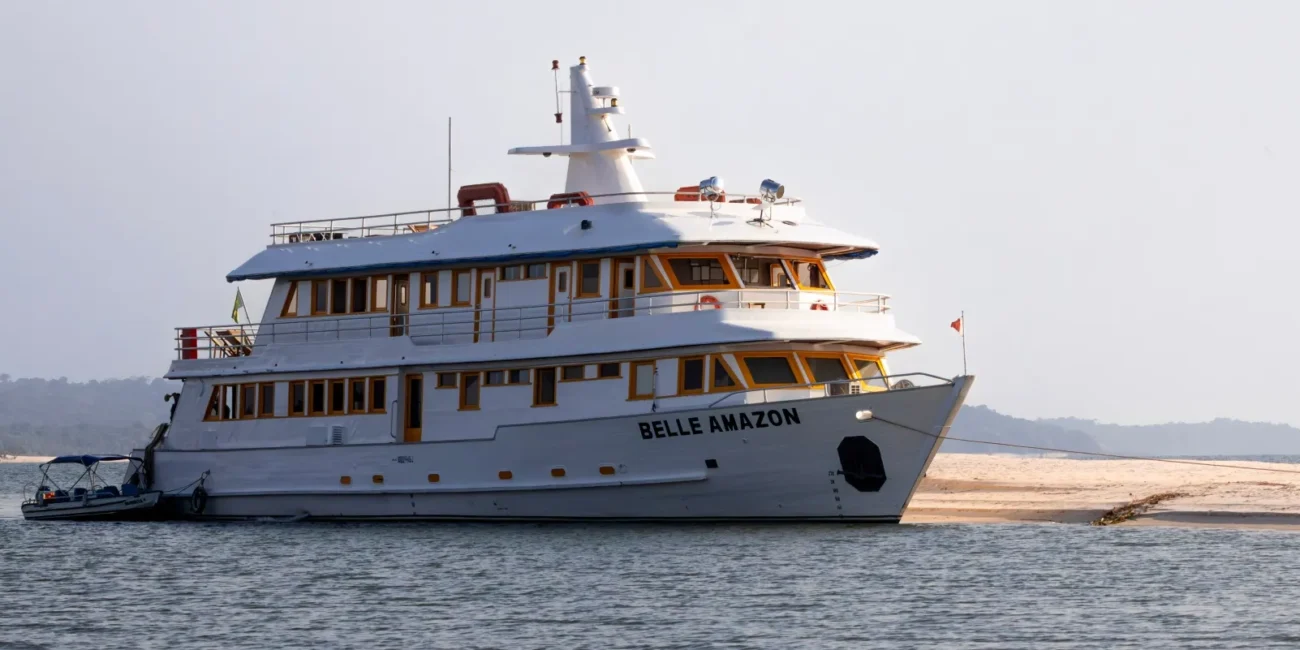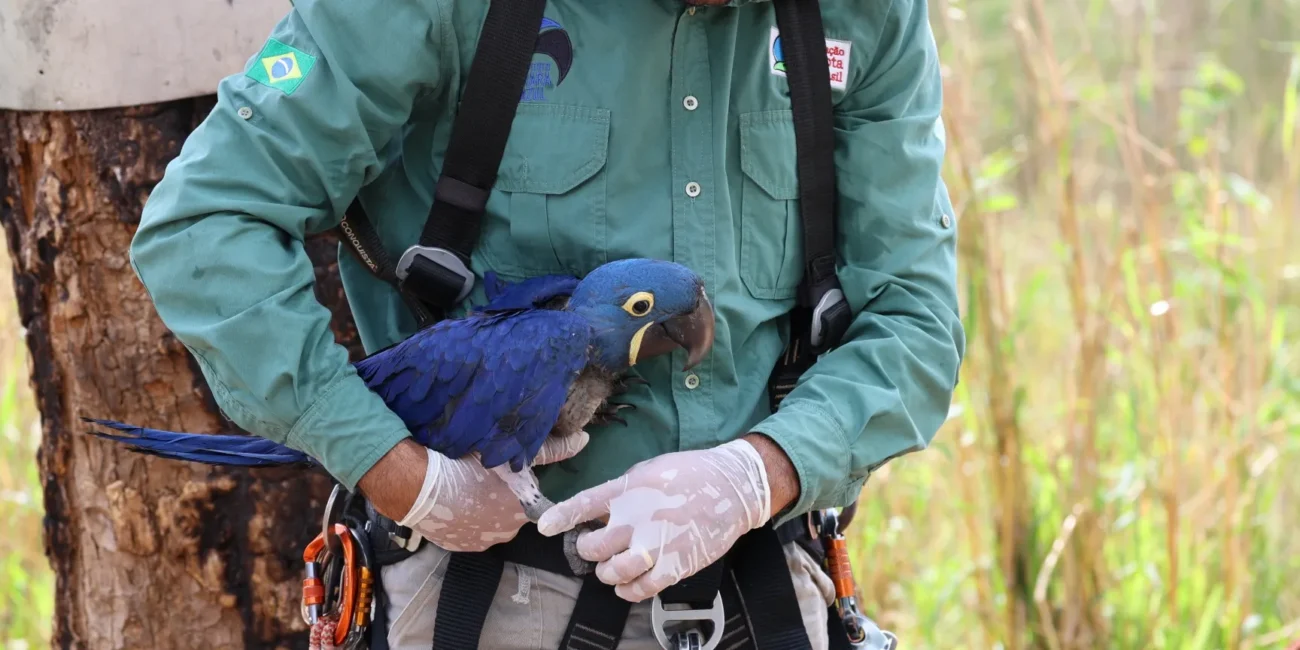1. Humans have a habit of imposing their perception of beauty onto a landscape
As humans, we have a habit of imposing our own perception of beauty onto the landscapes around us. We might mow a lawn so it’s easy for us to walk or picnic on, or remove tree branches to have an uninterrupted view of the valleys and hillscapes surrounding us. But there are so many benefits to allowing nature to run its course and of appreciating the beauty in a healthy, biodiverse landscape over that of a ’neat’ or cultivated one.
Before elephants were introduced at Samara Karoo Reserve, there were concerns their presence would be detrimental to the habitat. There were fears that the iconic Shephard Tree, referenced with Samara’s logo, would be uprooted, damaged or destroyed by the browsing mega-fauna – the ecosystem engineers blamed for disrupting the serene landscape.
Instead, Samara witnessed how nature adapted to the presence of the elephants. Instead of being destroyed, trees survived and the branches grew in new positions, their foliage now accessible to grazing antelope and their shifted bark providing a home for different species, boosting biodiversity.
The team at Samara came to value the beauty of allowing nature to thrive, the beauty of functional ecosystems and the flora and fauna they sustain. If, as humans, we continue to shift our perception of beauty away from the ’neat’ or ‘manicured’ and towards that which benefits nature, we may yet see our landscapes transform into something spectacular.
2.Birds follow green pathways on their migration between sub-Saharan Africa and Europe
Birds as small as the Willow Warbler, weighing just eight pounds, will migrate distances as large as 10,000 miles (and further) between landscapes like Samara Karoo Reserve in South Africa’s Eastern Cape and the meadow fields of Thyme in England’s Gloucestershire.
Feeding on green foliage as they go, their migration relies on the right habitat to nourish and sustain them on this epic journey. But the twin issues of development (habitat destruction) and drought, flooding and rising temperatures (climate change) are affecting their ability to endure this remarkable feat.
Ornithologist, Dr. Olly Fox, noted from his own research how faithful birds are to their flight patterns and final destinations. Whilst some migratory instinct seems to be entirely genetic. For example, cuckoos whose young travel a whole month or so after the parents have departed with nothing to guide them but an innate compass. It is thought others use land markers (and even astronomy!) to assist them on their repeat journeys. In many cases, birds like Willow Warblers will remain faithful to the exact same bush or shrub where they come to breed at their final destination.
When their habitat is destroyed for building or markers are cut down to clear the way for farmland or roads, we inhibit these species’ chance of survival on this great migration. Where possible, leaving nature uninterrupted will hugely benefit our migratory visitors.
3. Interconnectivity is key
The 67,000 acre Samara Karoo Reserve sits at the centre of three preservation areas – the Camdeboo, Mountain Zebra and Addo Elephant National Park – and they have a combined vision to form a wildlife corridor spanning three million acres. This landscape will be large enough to not only sustain healthy populations of wildlife by allowing for natural migrations with wildlife corridors, but to also enable approximately twelve ungulate species’ populations to increase (six of which are found nowhere else in South Africa).
By bridging the gap between habitats which would have otherwise been small or isolated, greater wildlife movement is enabled between these areas. This movement helps to restore and preserve biodiversity whilst maintaining a healthy genetic diversity.
At Thyme and in our surrounding countryside, steps as small as leaving hedgeways, removing fences and allowing grass to grow creates pathways for species to move freely and better distribute their genetic pool whilst not overusing a landscape’s resources. In Thyme’s very own water meadows, they have divided the grassland into three sections which are each mown once every three years to create pathways, allow for free movement of small mammals and to bolster resources for pollinators and birdlife.
4. Trophic rewilding has a huge part to play in the regeneration of landscapes
Trophic rewilding can have one of the biggest impacts on the regeneration of a landscape. By reintroducing missing keystone species Samara Karoo Reserve has been able to better balance predator and prey, enabling different habitats to regenerate.
Herbivores now avoid the plains they know to be frequented by lions, enabling those grasslands to recover from overgrazing. Smaller mammals are finding new homes in the wake of shrubbery disturbed by browsing mega-fauna and birds of prey, like the Cape Vulture, have returned to feed on the growing number of carcasses left by predators.
Viewed as scavengers and often given a bad reputation, vultures are actually symbiotic with a functioning ecosystem, vital for its health. By feeding on carrion, they help reduce the spread of disease before decay and decomposition allows toxins to spread, and their numbers are sustained in landscapes where there is ample opportunity for scavenging.
As far afield as Argentina’s Iberá Wetlands where capybara now avoid the regions frequented by jaguars, allowing flora to regenerate, the reintroduction of keystone species is creating restorative benefits for the landscape.
Closer to home, discussion continues around the reintroduction of apex predators to our own landscapes – wolves or lynx that would help control the deer populations responsible for so much ecological destruction in Scotland and further south.
4. We can maximise our impact through collaboration
At Samara Karoo Reserve, the Tompkins family knew they would not be able to restore the landscape and reintroduce missing species without the support of their local communities. Many surrounding farmers objected to the reintroduction of predators, fearing for their livestock and livelihoods. The team at Samara knew that, in order to go far, they had to invest the local community in the project and demonstrate its benefits for people as well as the planet.
Through many years of relationship building and steady progress with the initiative, they demonstrated the economic rewards of their ecotourism venture and the beauty of returning the landscape to its former, biodiverse glory. Having begun regenerative farming over the pandemic themselves, they also proved to their farming neighbours how livestock could coexist alongside the big game they’d reintroduced onto the land.
No longer viewed as ‘outsiders’, Samara continues to make considerable progress backed by their local communities and the staff who come from them. By creating employment opportunities and demonstrating that they too are walking the walk, Samara has encouraged an attitude shift that will help see the Great Karoo transformed to the flourishing biodiversity of its yesteryears.
The Land of the Cheetah
Further Reading
Samara Karoo Reserve: A Day in the Life
The flourishing wildlife of Samara Karoo Reserve
Rewilding the Great Karoo with Sarah and Isabelle Tompkins
The Tracker Academy: Supporting Ecotourism, SA Economies and Conservation in the Great Karoo
Related field notes
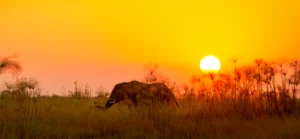
Community Conservation in Africa: Where Local Leadership is Protecting the Future of the Wild
Discover how community conservation in Africa empowers local leaders to restore wildlife, strengthen livelihoods and shape a climate-resilient future.
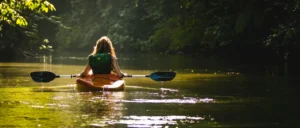
Costa Rica from the Ground Up: Notes from the Field
Experience Costa Rica from the ground up. Connect with conservationists and explore wild nature on a purposeful, impact-driven journey.
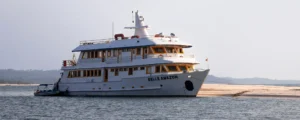
Along the Tapajós – Learning the Living Amazon
Explore the Living Amazon along the Tapajós. Learn directly from local communities about conservation, ancient cultural ecosystems, and the urgent fight to protect the forest.
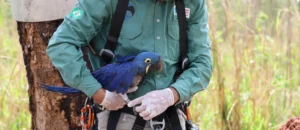
From Rewilded Hills to Baroque Streets: A Brazilian Journey of Renewal
Discover regenerative travel in Brazil as Venetia visits the Ibiti rewilding project, explores historic Minas Gerais, and immerses herself in art and nature at Inhotim.
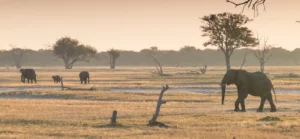
Wandering in the Wild: Five of the Best Walking Safaris in Africa
Discover the best walking safaris in Africa, from the Serengeti to South Luangwa, for immersive wildlife encounters and meaningful conservation-focused adventures.
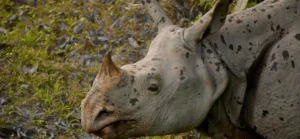
From Peaks to Reefs: The Best Safari Experiences in Asia
From the snow-dusted plateaus of Ladakh to the coral gardens of Raja Ampat, the best safaris in Asia redefine what it means to explore the wild.
